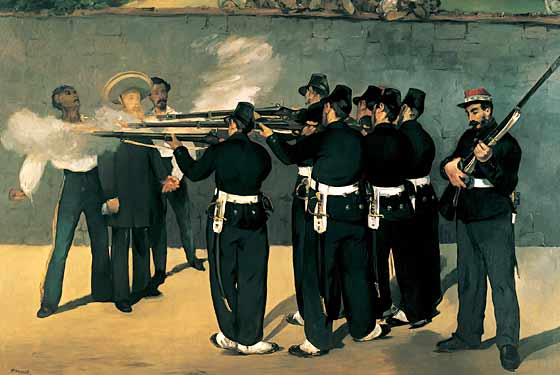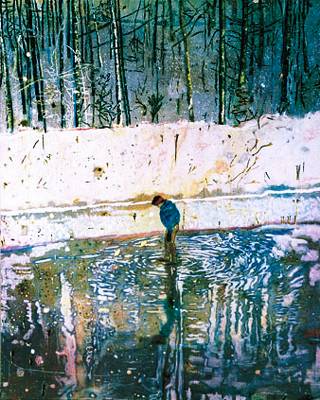Cecily Brown

Arshille Gorky
Playing around with Varnish and thinned down oil paint.


When varnish and thinned oil paint meet their texture allows them to to bleed into each other.
Without forcing the two the oil branches into the varnish forming craters of colour next to the translucency of the varnish. I am interested in how this may work within a painting.
This experiment is a mixture of oil and acrylic paint. the thickness of the oil paint washes in to and over the acrylic, while the watery fluid of acrylic flows over the paper. I manipulated the paper to force the paint to move around so that it may mix, I found that the oil and acrylic repelled each other.





































